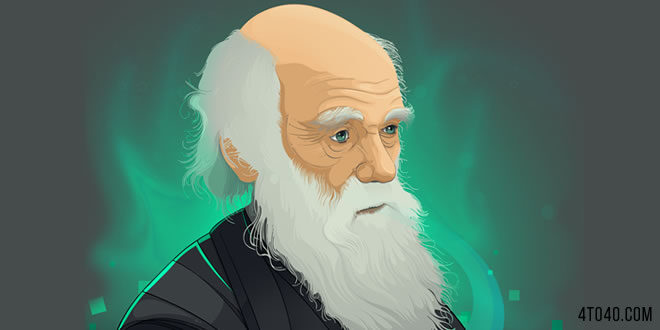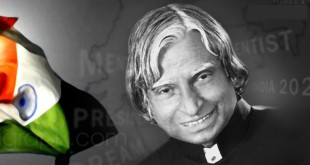Charles Darwin was an English naturalist, who proved that all species of life have common ancestors. To know more about his childhood and profile, read the biography given below.
| Name: | Charles Darwin (Charles Robert Darwin) |
| Born: | 12 February 1809, The Mount House, Shrewsbury, United Kingdom |
| Spouse: | Emma Wedgwood (m. 1839) |
| Awards: |
|
| Fields: | Geologist, Biologist, Naturalist |
| Died: | 19 April 1882 (aged 73) Down, Kent, England |
Charles Darwin was a famous English naturalist, an eminent collector and geologist, who scientifically proved that all species of life have evolved from common ancestors through the process called natural selection. This formed the basis of the modern evolutionary theory. Both the scientific community as well as the common public was convinced with the process of evolution. Moreover, his scientific discoveries remain the foundation of biology, explaining the diversity of life. He was also an established geologist and established the effect of earthworms on soil.
Charles Darwin: Childhood & Early Life
Charles Darwin was born as Charles Robert Darwin on 12 February 1809 in Shrewsbury, Shropshire, England. His father Robert Darwin was a rich society doctor while his mother’s name was Susannah Darwin. Charles had five siblings and he was the fifth amongst the six. In 1817, Charles attended the day school run by his preacher. When Charles was eight years old, his mother died. In 1818, he attended the Anglican Shrewsbury School as a boarder. In 1825, Darwin worked as an apprentice doctor with his father.
Later that year, he joined the University of Edinburgh, Scotland to study medicine. However, he did not continue it as he found the surgical treatment too brutal. On the contrary, he started learning taxidermy and in his second year, he joined the Plinian Society, which was a student group interested in natural history. With this he became a keen pupil of Robert Edmund Grant. He joined him in his investigation of the life cycle of marine animals. On the other hand, Darwin’s father was very upset with his son’s progress at studies.
In effect, he enrolled Darwin in a Bachelor of Arts course at Christ College, Cambridge so that he could earn well as an Anglican parson. In his final exams, Darwin performed quite well in theology and stood tenth in the pass list. After sometime, Charles received a letter from Henslow to work as a naturalist in the company of Robert FritzRoy. It was a two year expedition, which would explore the coastline of South America. Though his father was not against it, he later agreed.
His expedition took five years, during which he carefully noted a rich variety of geological features, fossils and living organisms, and methodically collected an enormous number of specimens. He even sent these specimens to Cambridge, which established his reputation as a naturalist. After the return from his voyage in 1836, Darwin became a celebrity in the field of science. In 1859, his book on the theory of natural selection was published. ‘The Origin of Species by Means of Natural Selection’ or ‘The Preservation of Favored Races in the Struggle for Life’ was extremely popular, as the entire stock of 1,250 copies was oversubscribed. In the book, Darwin described detailed observations, inferences and consideration of anticipated objections.
Works:
Darwin was an exhaustive author. The publication of his works on evolution gave him a considerable reputation as the author of ‘The Voyage of the Beagle’. Moreover, as a geologist he published extensively on South America and even solved the mystery of the formation of coral atolls. As a biologist, he published the definitive work on barnacles. ‘The Origin of Species’ deals with perceptions of his work, while ‘The Descent of Man and Selection in Relation to Sex’ and ‘The Expression of Emotions in Man and Animals’ made considerable impact. His books on plants including ‘The Power of Movement in Plants’ were innovative studies of great importance, as well as his final work on ‘The Formation of Vegetable Mould through the Action of Worms’.
Charles Darwin: Personal Life
Charles Darwin married his cousin Emma Wedgewood on January 29, 1839 at Maer in an Anglican ceremony. Soon after this, both of them moved to London. The couple had ten children, out of which two died at infancy and another daughter named Annie died at the age of ten. This was a huge setback for both the parents. Out of his surviving children, George, Francis and Horace became Fellows of the Royal Society, known as astronomer, botanist and civil engineer, respectively. On the other hand, another son Leonard became a soldier, politician, economist, eugenicist and mentor of the statistician and evolutionary biologist Ronald Fisher. Owing to Darwin’s stature, he was buried in Westminster Abbey, close to John Herschel and Isaac Newton.
 Kids Portal For Parents India Kids Network
Kids Portal For Parents India Kids Network







